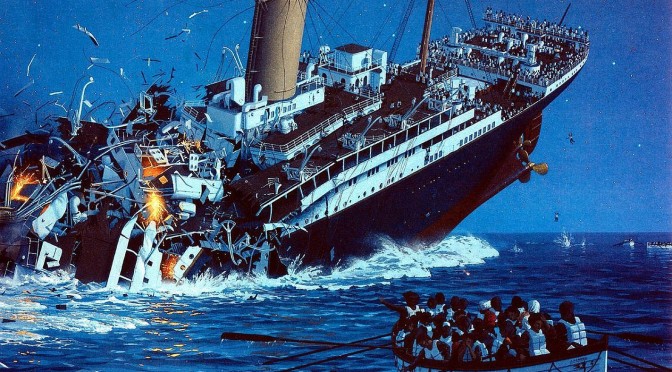This week, the world is remembering the fateful maiden voyage of the Titanic, which sank in the icy waters of the North Atlantic in the early morning hours of April 15, 1912. Considered “unsinkable”, the mighty ship went down in less than two hours. More than fifteen hundred lives were lost, and transportation safety changed forever.
Titanic was actually built to handle 64 wooden lifeboats, but carried only 16 – the minimum required by law for a vessel of that size. The ship’s crew were poorly trained in evacuation procedures, and both passengers and crew regarded the ship as “unsinkable” – which led to many lifeboats departing Titanic nearly empty. Titanic was speeding in poor visibility conditions and ignoring warnings about icebergs in its path. Many people died that night simply because they were unwilling to consider the possibility of an emergency.
This idea that “accidents can’t happen” or “accidents won’t happen to me” leads people every day to take all kinds of needless risks while driving. Many people still don’t bother taking three seconds to buckle up, despite the proven ability of this one simple act to save a life, because they aren’t considering the possibility of catastrophe every time they get in the car. Many people still speed, some even in poor visibility. Many people still send and receive text messages while driving – I saw two people doing it yesterday – despite the incredible danger it poses. Texting while driving is like speeding an ocean liner through icy waters while ignoring all warnings about the danger: it’s killed others in crashes, so don’t think of yourself as “unsinkable”.
Traffic crashes in Pennsylvania alone kill almost as many people as the Titanic tragedy every single year.
This week, think about the tragedy of the “unsinkable” Titanic. Think about your habits and behaviors behind the wheel – are you prepared for a crash every time you get in the car, or do you drive thinking you’re “unsinkable”?


